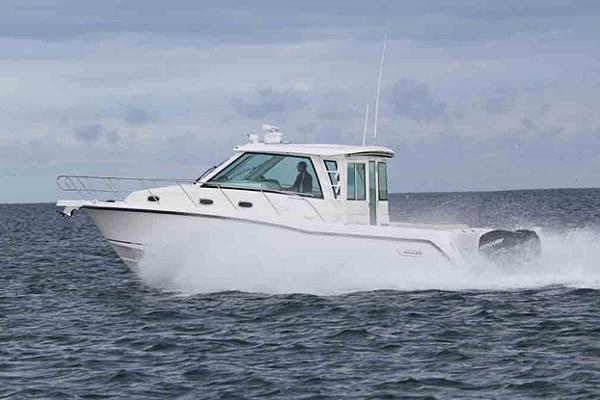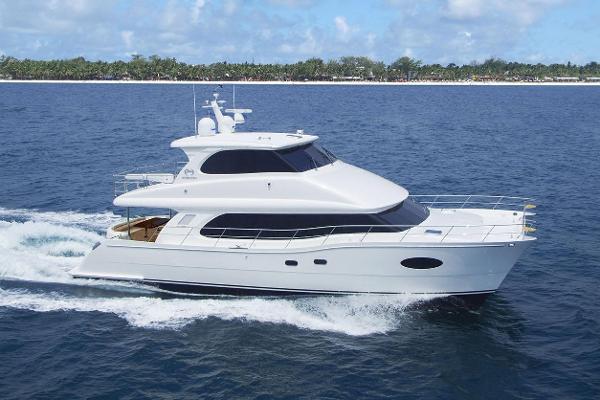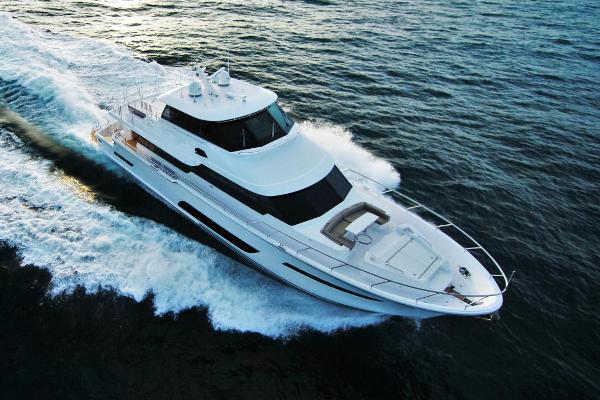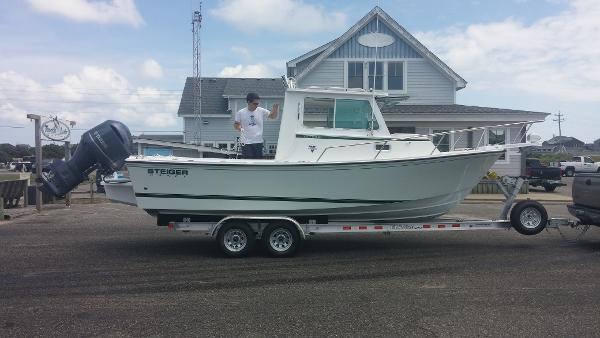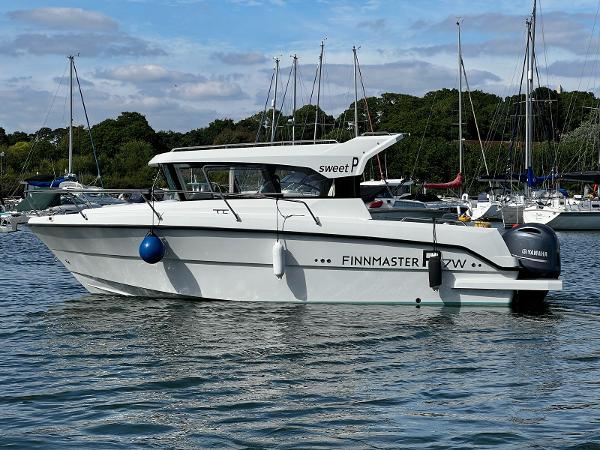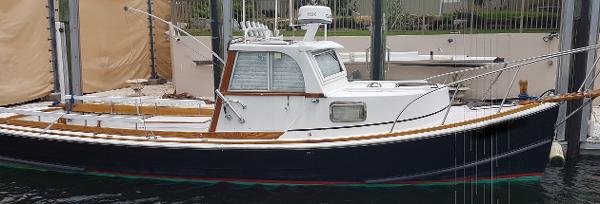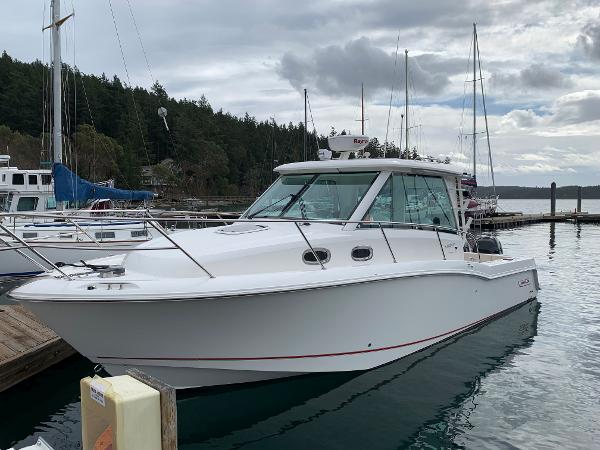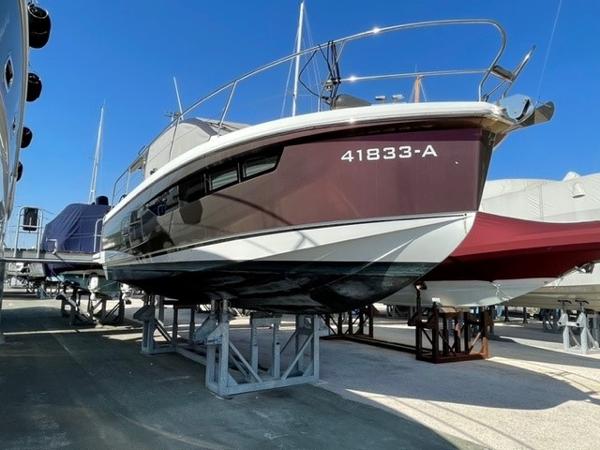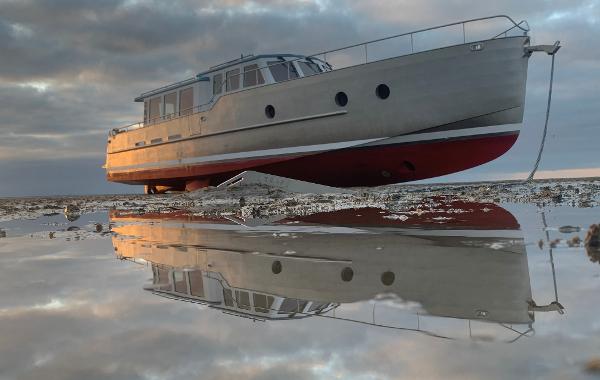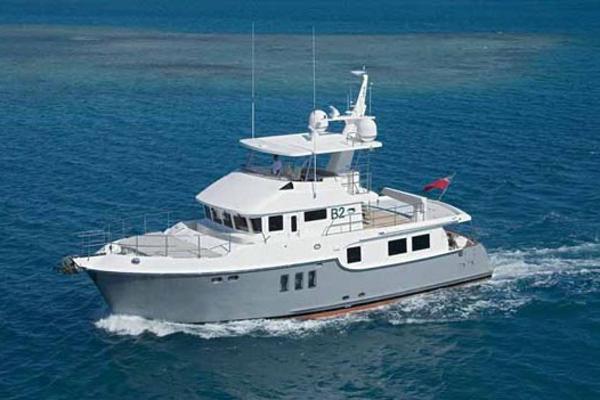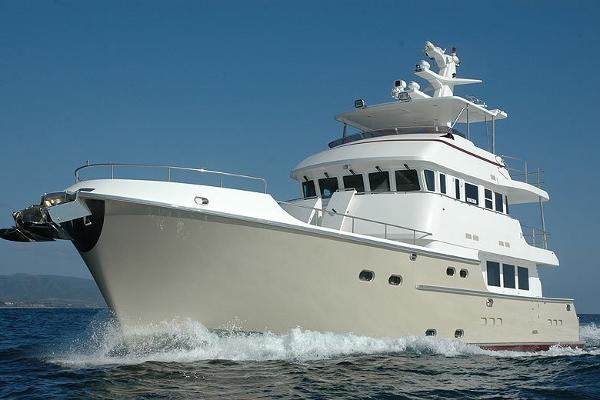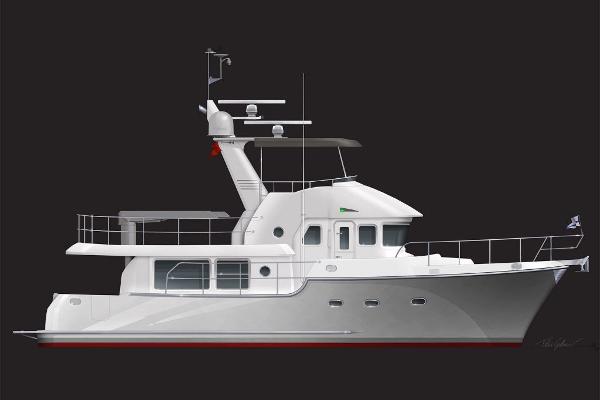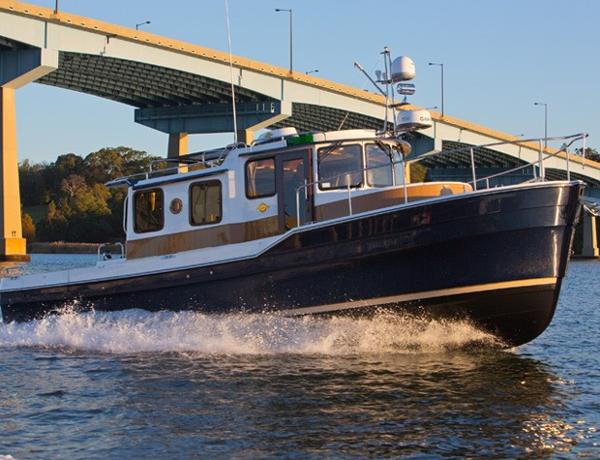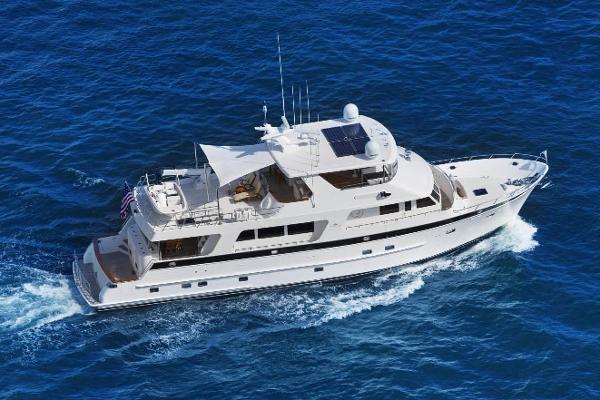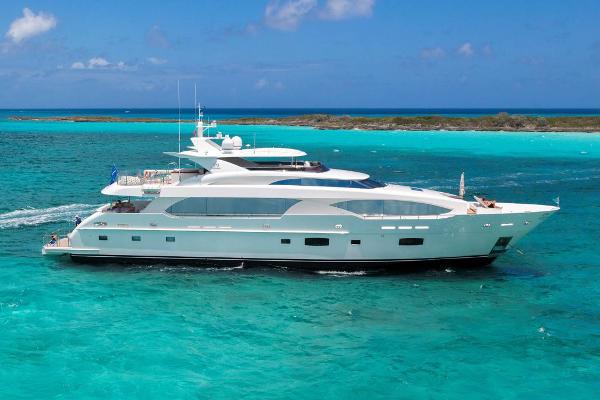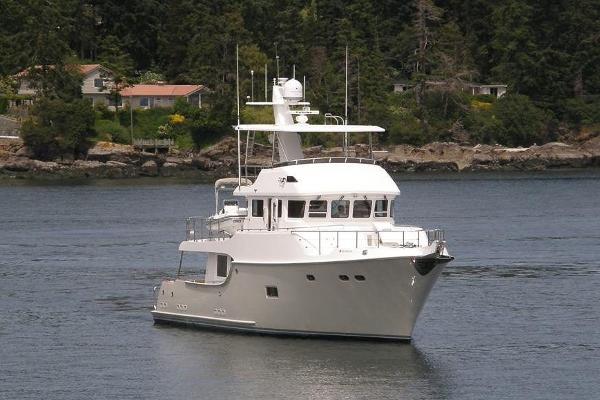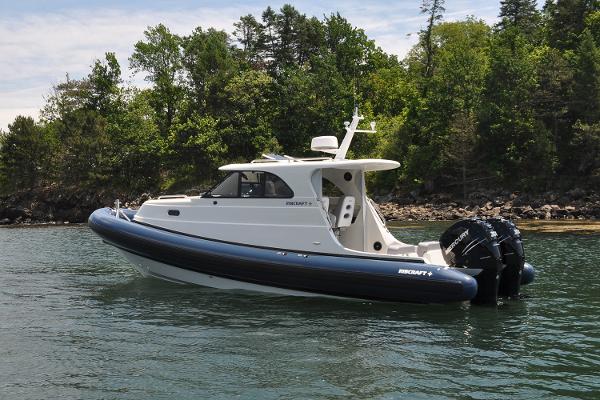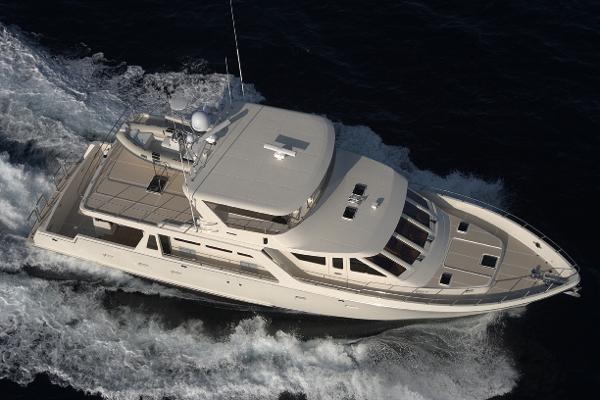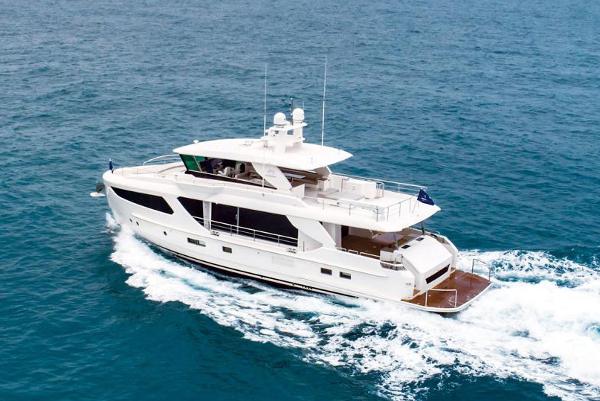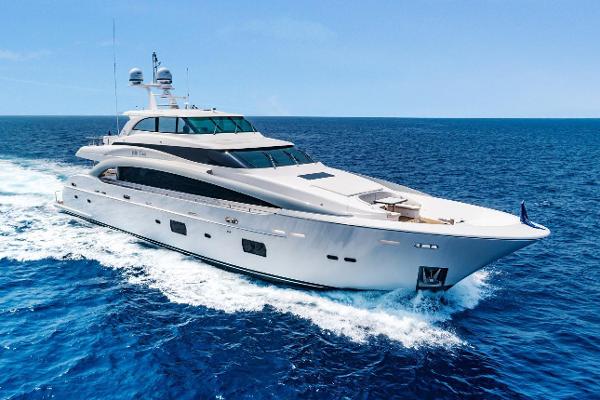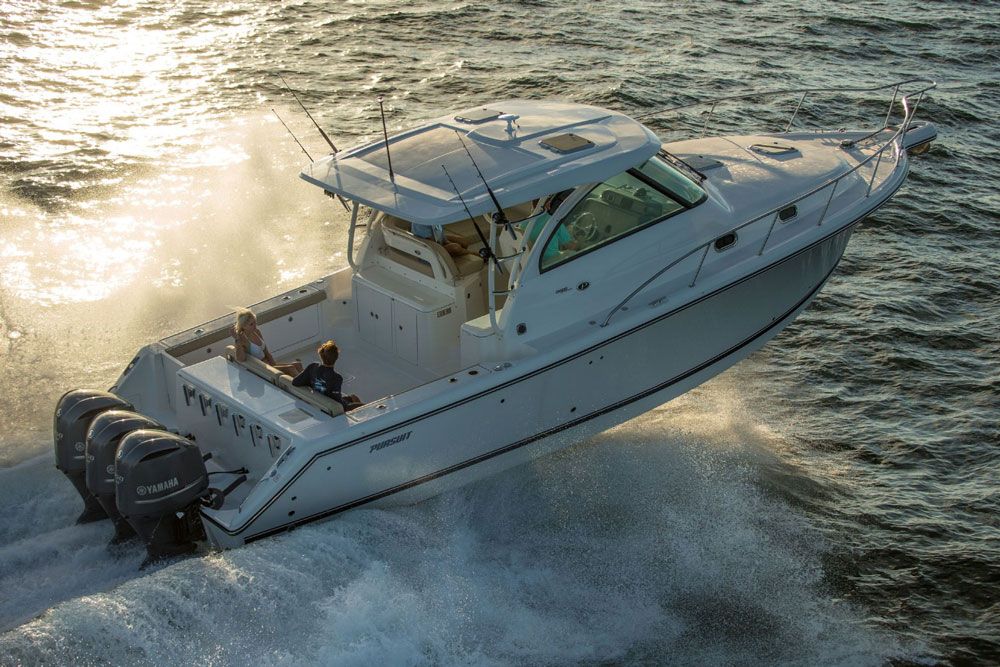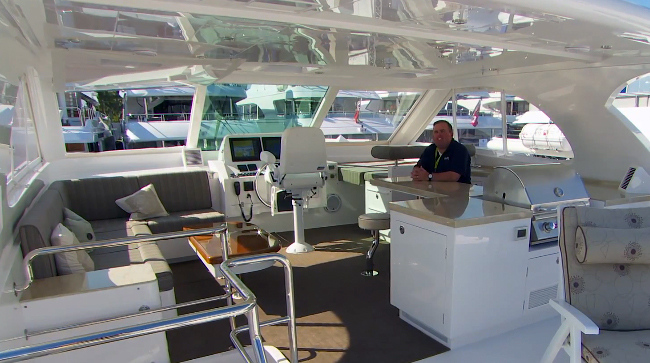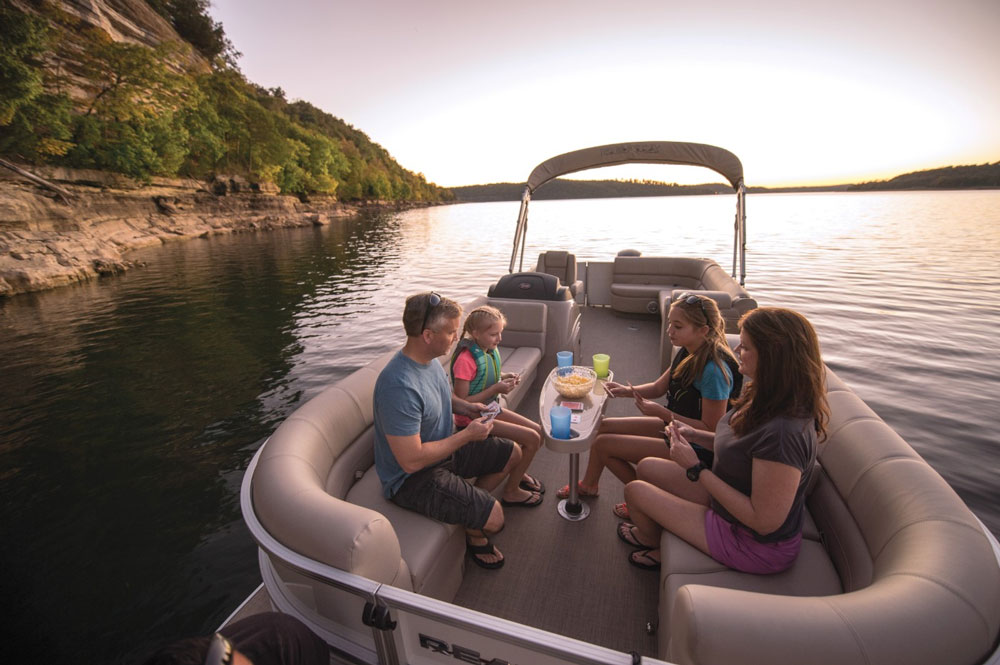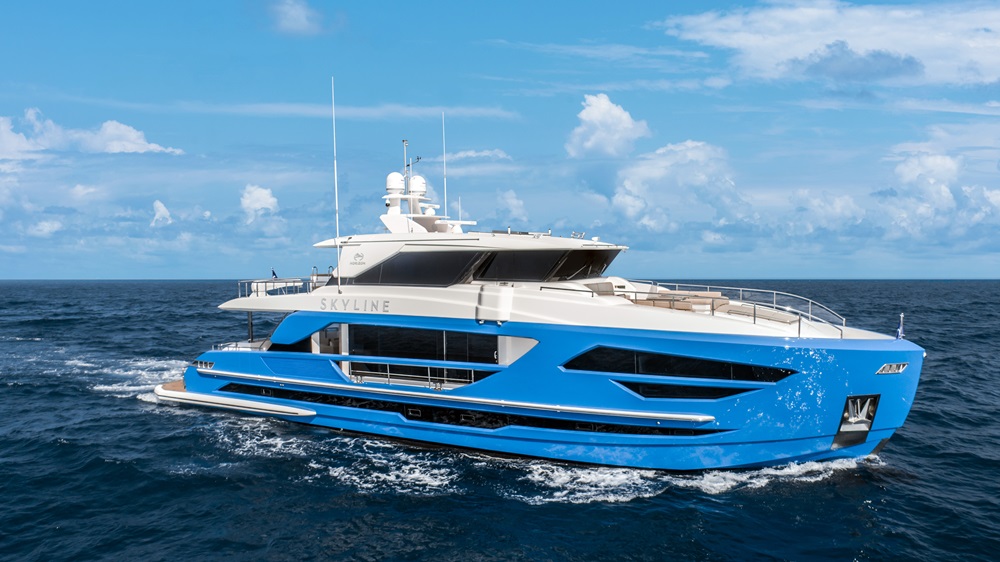Featured Pilothouse (Power) Brands
Pilothouse (power) boats for sale
-
Advertisement
-
Advertisement
-
Advertisement
-
-
Advertisement
Contact Seller
XPilothouse (Power)
Ideal for overnight cruising and day cruising these Pilothouse (Power) boats vary in length from 18ft to 119ft and can carry 5 to 16 passengers. These powerboats use the following propulsion options: inboard or outboard engine. There are a wide range of Pilothouse (Power) boats for sale from popular brands like Ranger Tugs, Steiger Craft and Bayliner with 505 new and 592 used and an average price of $151,142 with boats ranging from as little as $12,068 and $6,697,724.
Pilothouse Power Boats
Pilothouse boats can come in all shapes, styles, and sizes, but what differentiates them from other types of boats is that they have an enclosed helm cabin meant to give the captain full weather protection in any and all conditions. Some other advantages a pilothouse provides include easier communications (since you don’t have to deal with the usual wind-noise of an open helm), plenty of good mounting surfaces on the roof for antenna and radomes, and side doors that allow for easy access to the side-decks and the bow. Often the pilothouse features reverse-raked windshields that harken back to the designs of commercial work boats. Some have helm cabins extensive enough for the crew to relax in, while others are big enough for just one or two people. Commonly, although not always, they’re heated, air-conditioned, and have accessories like windshield wipers and window defoggers that allow for operation in all conditions.
While pilothouse boats were once reserved for working craft, today you’ll find plenty of cruisers and yachts that utilize the design. Even some recreational fishing boats are fitted with pilothouses. But they’re most commonly seen on cruising boats that are styled with a traditional look. The design works well for long-distance cruising, since it allows for comfortable operation regardless of the conditions. As a result you’ll see many modern trawlers with pilothouses. You’ll also commonly find them on small yachts which are intended for owner-operation.
A sub-class of pilothouse powerboats are those with an elevated (often second-story) pilothouse. These models are commonly called “raised pilothouse” boats. Again, trawlers and long-distance cruisers are where you’ll commonly see this design. While some pilothouse powerboats do have some drawbacks, such as reduced visibility due to bulkheads and framing, or possibly poor ventilation, most modern designs are exceptionally comfortable and easy to operate.


